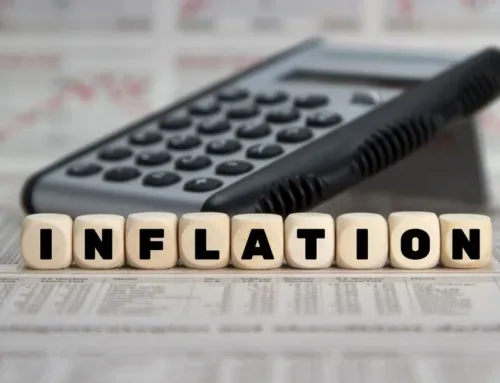Last year was marked by a turbulent marketplace as the Federal Reserve raised interest rates seven times, amounting to a total increase of 4.25 percent from March 15 to December 14, 2022. Bond losses, while less than the stock market, were notable. Inflation soared, geopolitical risks increased, and market values reflected an adjustment to a slower growing world economy. Despite some limited benefits, diversification offered little respite during this challenging period.
The trend of rate increases has persisted into the current year, with the Federal Reserve recently raising the fed funds rate by 25 basis points to a range of 5-5.25%, in line with expectations. This brings the total number of rate increases from March 5, 2022, to May 2, 2023, to ten, with a cumulative increase of 5%. The expectation is that another rate increase is coming and, according to pundits, has been priced into the market. There is a chance that this increase may be the last or there may be a pause.
The impact of these rate increases is affecting inflation, tighter credit economic activity, and has put pressure on the banking system, which is being monitored and sustained by the industry and the federal government. Slower growth, mild or rolling recessions are expected going forward. Markets incorporate this information and adjust valuations daily. Weakness in the employment numbers has not occurred yet but would allow the Fed to ease up on the interest rate increases. The end of rate hikes and higher unemployment would set the stage for stabilization in the marketplace and set the economy up for better days. It may trigger the Fed to start to lower rates.
The consensus is that inflation has peaked, we are on the tail end of interest rate increases and yields on bonds have increased proportionately. Our portfolios are fully diversified and positioned to benefit from these changes. An emphasis on quality is important during this transitional period and emphasized in the allocation. Volatility should persist on a higher level until the end of the interest rate increase cycle. It is important to remember that investors often reap rewards following extended downturns.
Market movements are swift and concentrated, making it advisable to stay fully invested, regularly rebalance, and remain focused on long-term goals. The markets don’t know how you feel or your gut telling you to act, they operate on economic data and corporate earnings. Furthermore, markets tend to be leading indicators and move upward prior to an uptick in market activity. We invest in one of the most resilient marketplaces in the world. Patience and volatility are important aspects to earning the highest rate of return relative to risk. Ultimately, it is crucial to focus on your personal goals, not the market fluctuations.




